Bougainvillea is a genus of flowering plants in the family Nyctaginaceae. It is named after Louis Antoine de Bougainville, a French navigator and explorer. Bougainvillea plants are native to South America, particularly Brazil, Peru, and Argentina, but they are widely cultivated in various regions around the world for their vibrant and colorful bracts.
Bougainvillea plants are known for their striking, papery bracts, which are often mistaken for petals. The actual flowers of the plant are small and inconspicuous, while the bracts, which are modified leaves, are typically bright red, pink, purple, orange, or white. These bracts surround the flowers and make bougainvillea plants highly ornamental and visually appealing.
Bougainvillea plants are commonly grown as climbers or trailing vines, but there are also dwarf varieties available that can be grown as shrubs or in containers. They have a vigorous growth habit and can quickly cover walls, fences, and pergolas with their dense foliage and colorful bracts.
Bougainvillea plants thrive in warm climates and are often seen in tropical and subtropical regions. Growing bougainvillea can be a rewarding experience, but it requires proper care and attention. Here’s a step-by-step guide on how to grow bougainvillea.
#1. Choose The Right Location
 Source: instagram
Source: instagram
Bougainvillea thrives in full sunlight, so select a spot in your garden that receives at least 6-8 hours of direct sunlight each day. Ensure the location has well-draining soil.
#2. Prepare The Soil
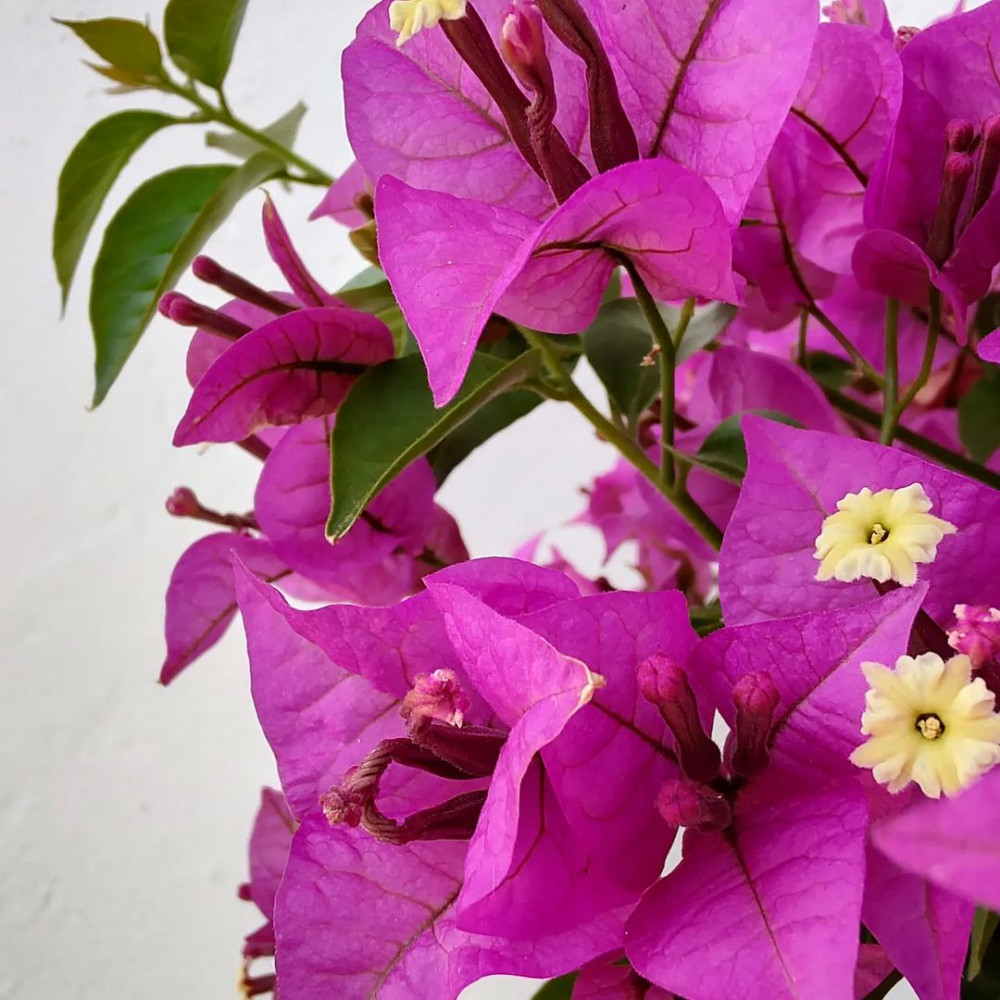 Source: instagram
Source: instagram
Bougainvillea prefers slightly acidic to neutral soil with a pH range of 5.5 to 7.0. Amend the soil with organic matter such as compost or well-rotted manure to improve drainage and fertility.
#3. Planting
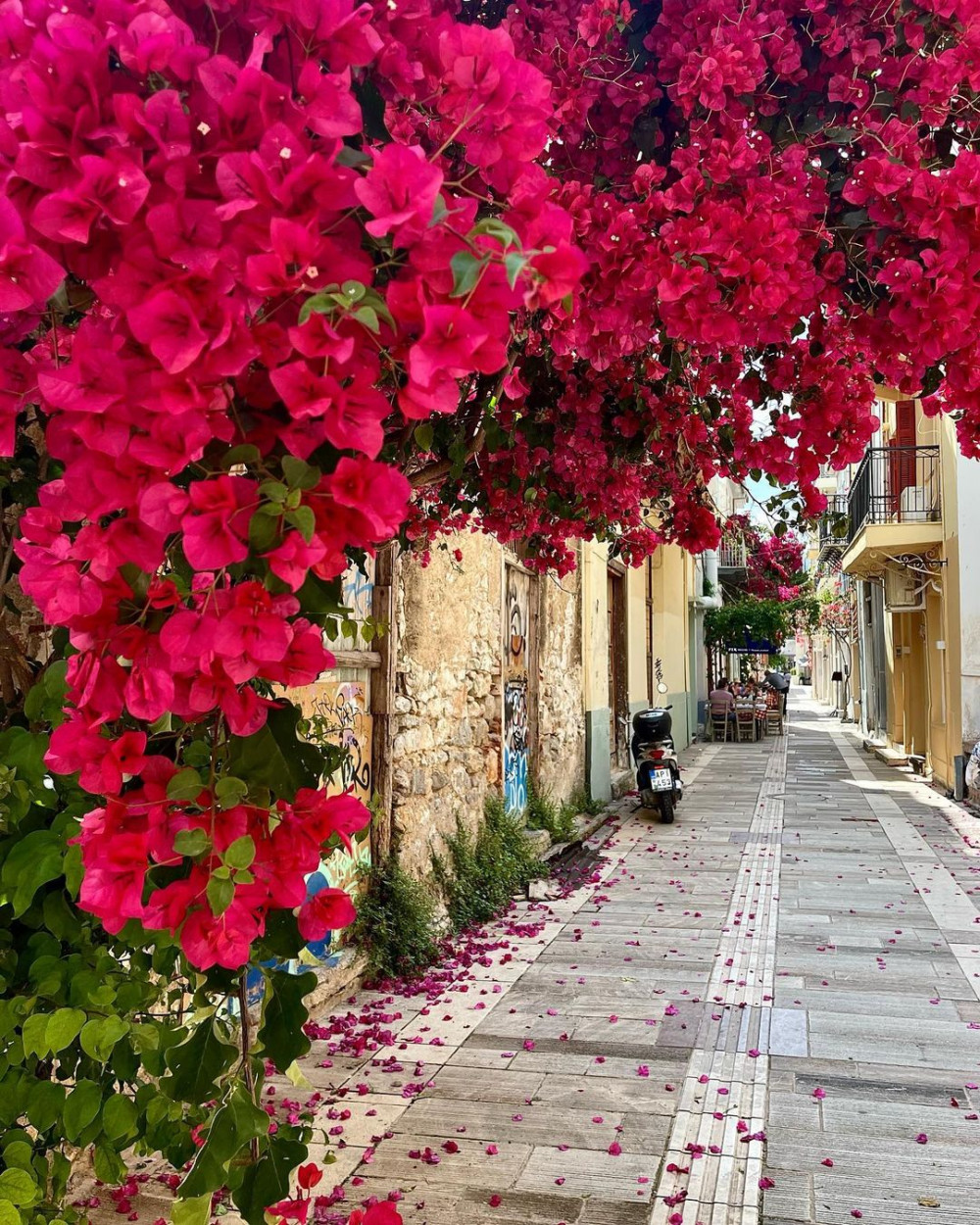 Source: instagram
Source: instagram
Dig a hole that is slightly larger than the root ball of the bougainvillea plant. Gently remove the plant from its container and place it in the hole. Backfill the hole with soil and firm it gently around the plant.
#4. Watering
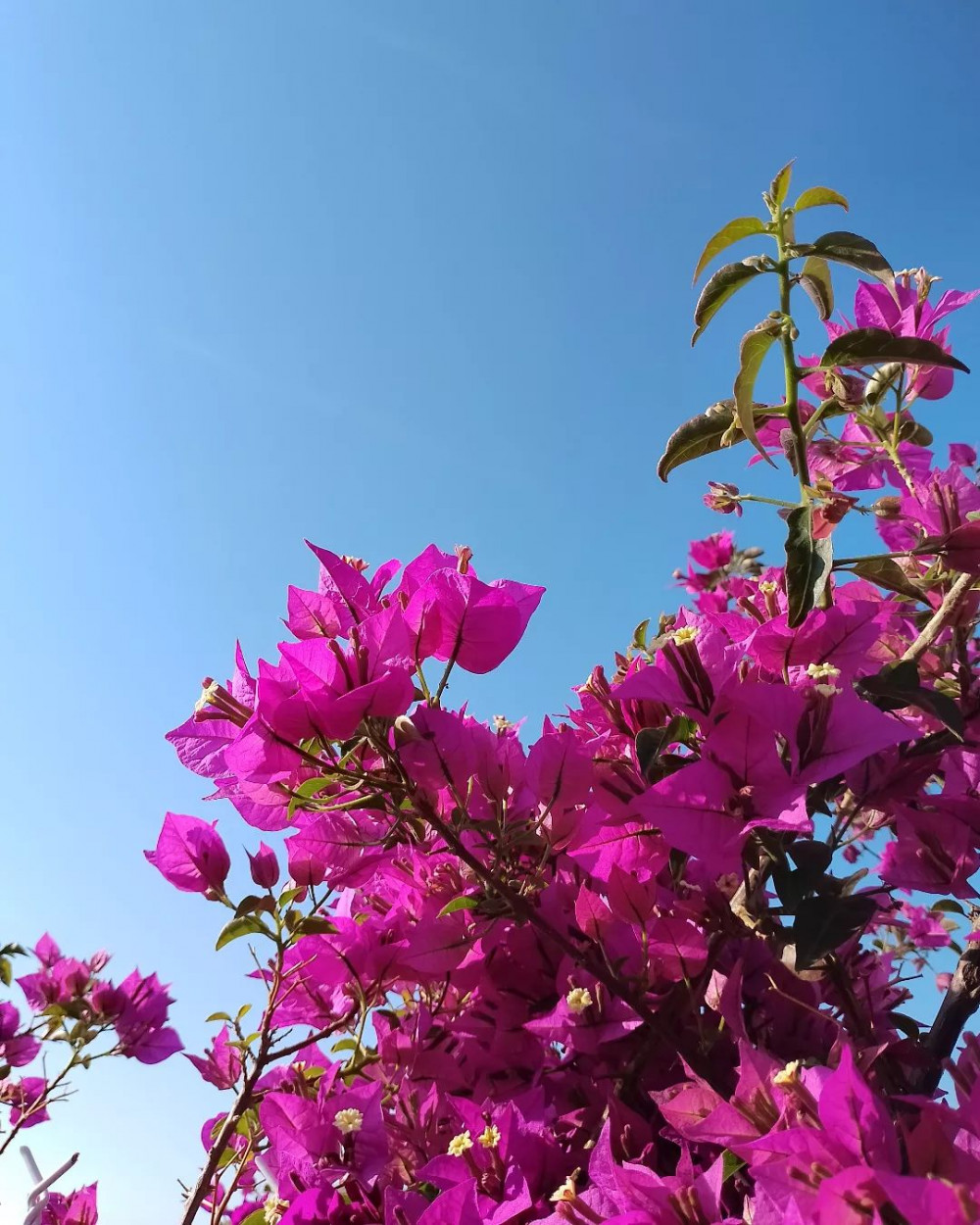 Source: instagram
Source: instagram
After planting, water the bougainvillea thoroughly to settle the soil around the roots. Water regularly, keeping the soil evenly moist but not soggy. Allow the top inch of soil to dry out between waterings. During the growing season, increase watering frequency to accommodate the plant’s needs.
#5. Fertilization
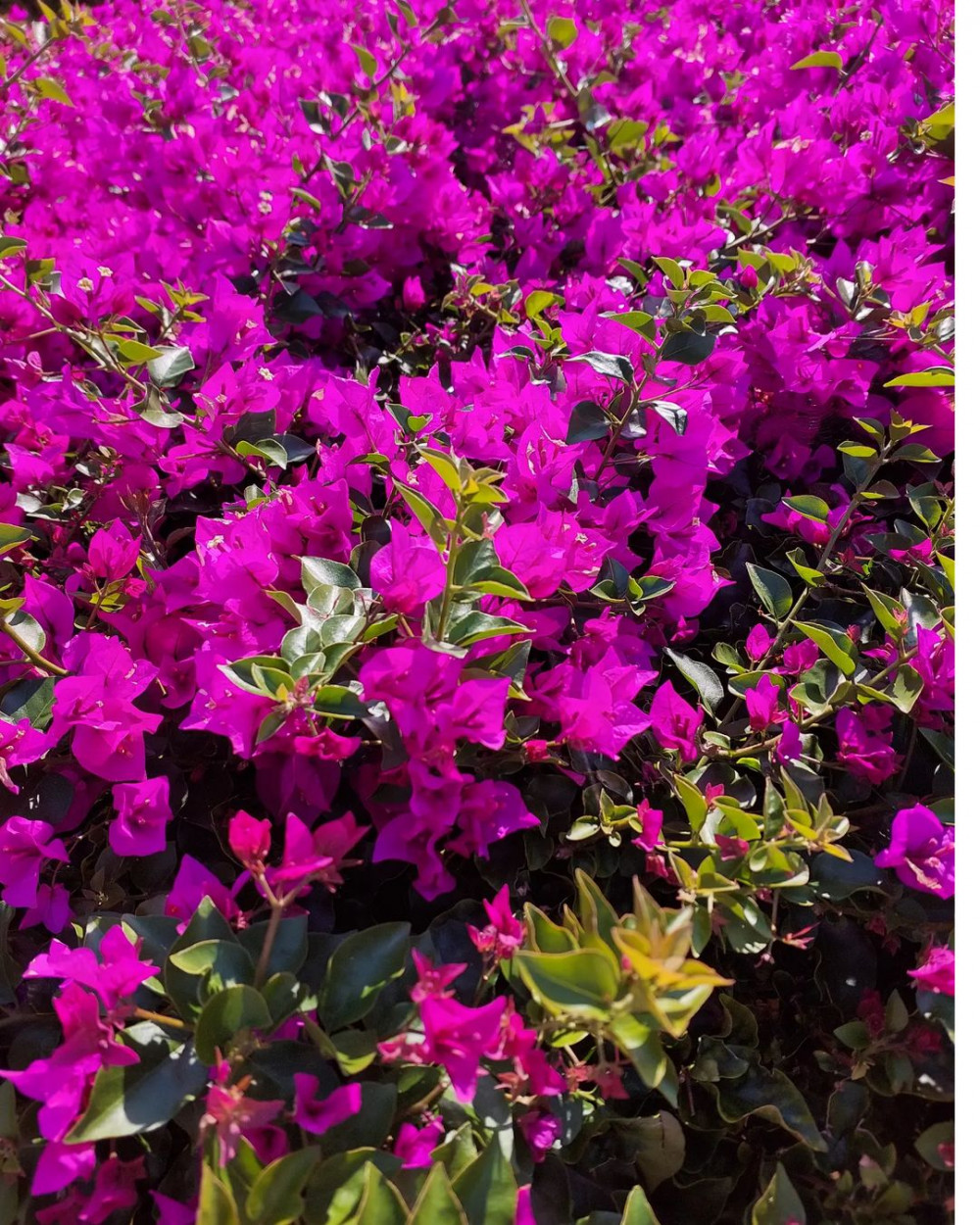 Source: instagram
Source: instagram
Bougainvillea is a heavy feeder and benefits from regular fertilization. Use a balanced, slow-release fertilizer or a water-soluble fertilizer formulated for flowering plants. Follow the instructions on the fertilizer packaging for application rates and frequency.
#6. Pruning
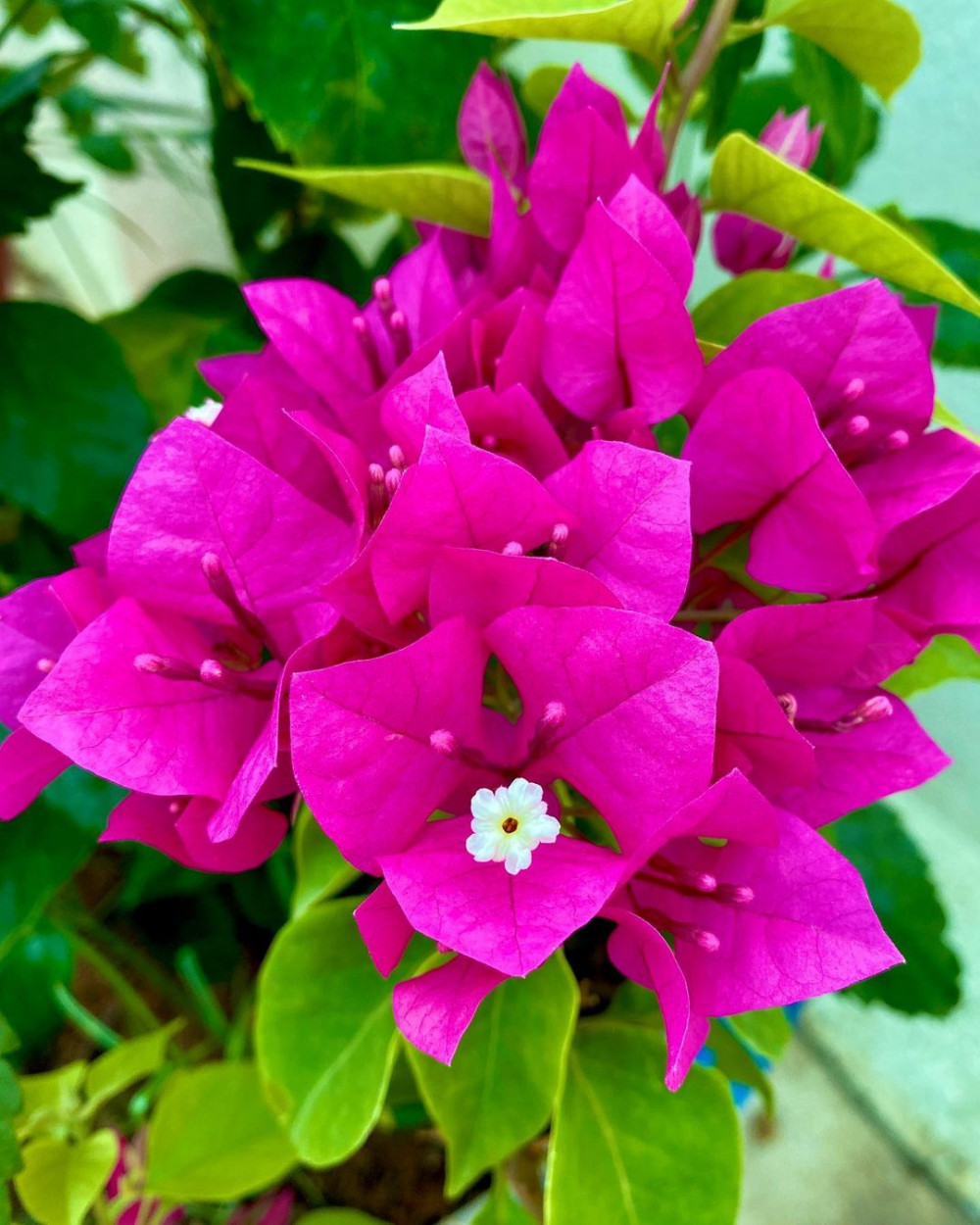 Source: instagram
Source: instagram
Bougainvillea responds well to pruning and shaping. Prune the plant in early spring to remove any dead or damaged branches and to shape the plant as desired. Regular pruning will promote bushier growth and enhance blooming.
#7. Trellis Or Support
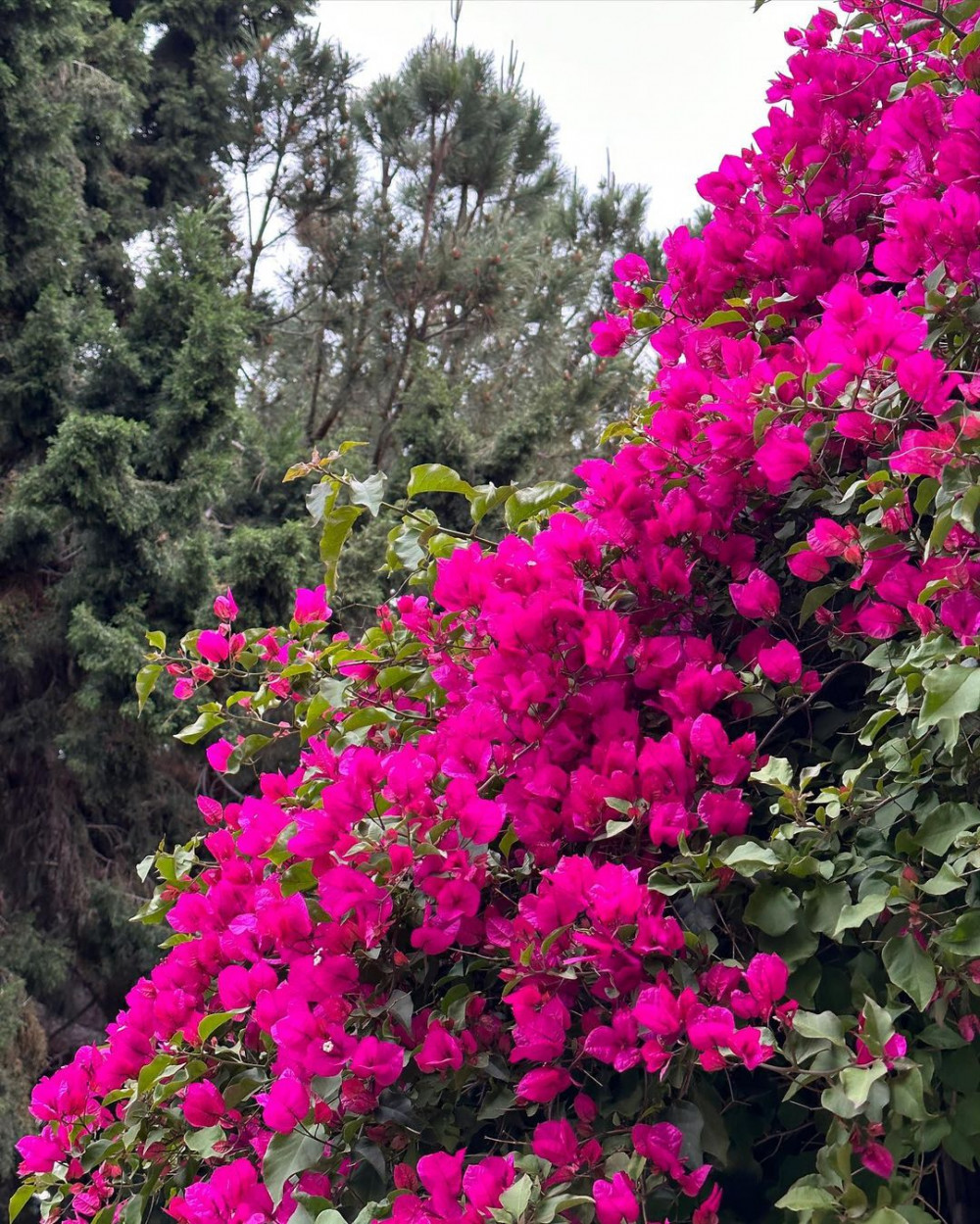 Source: instagram
Source: instagram
If you want your bougainvillea to climb or cascade, provide a trellis, arbor, or other support structure for the plant to cling to. Secure the branches gently to the support structure using soft ties or garden twine.
#8. Pests And Diseases
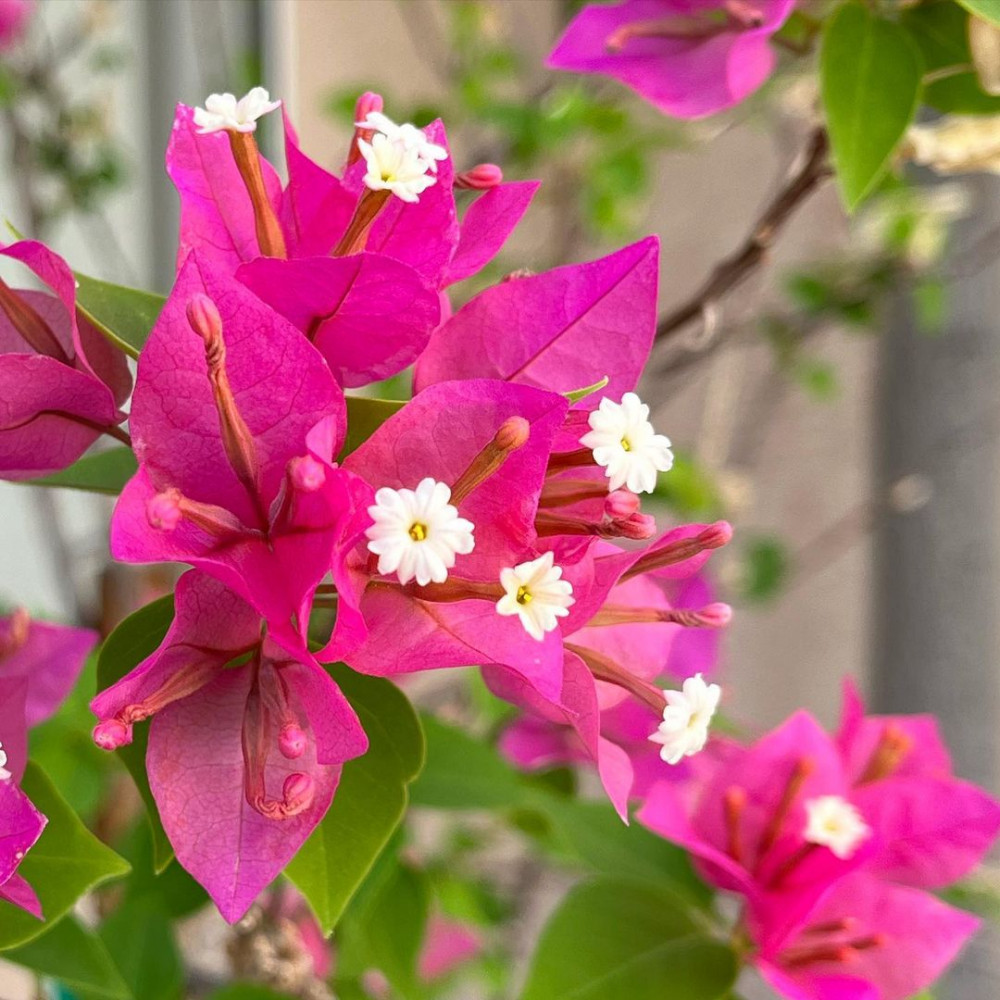 Source: instagram
Source: instagram
Keep an eye out for common pests such as aphids, whiteflies, and mealybugs. Treat any infestations promptly with organic insecticides or soapy water. Bougainvillea is generally resistant to diseases but can occasionally be affected by fungal infections. Ensure good air circulation around the plant and avoid overhead watering to minimize the risk of disease.
#9. Winter Care
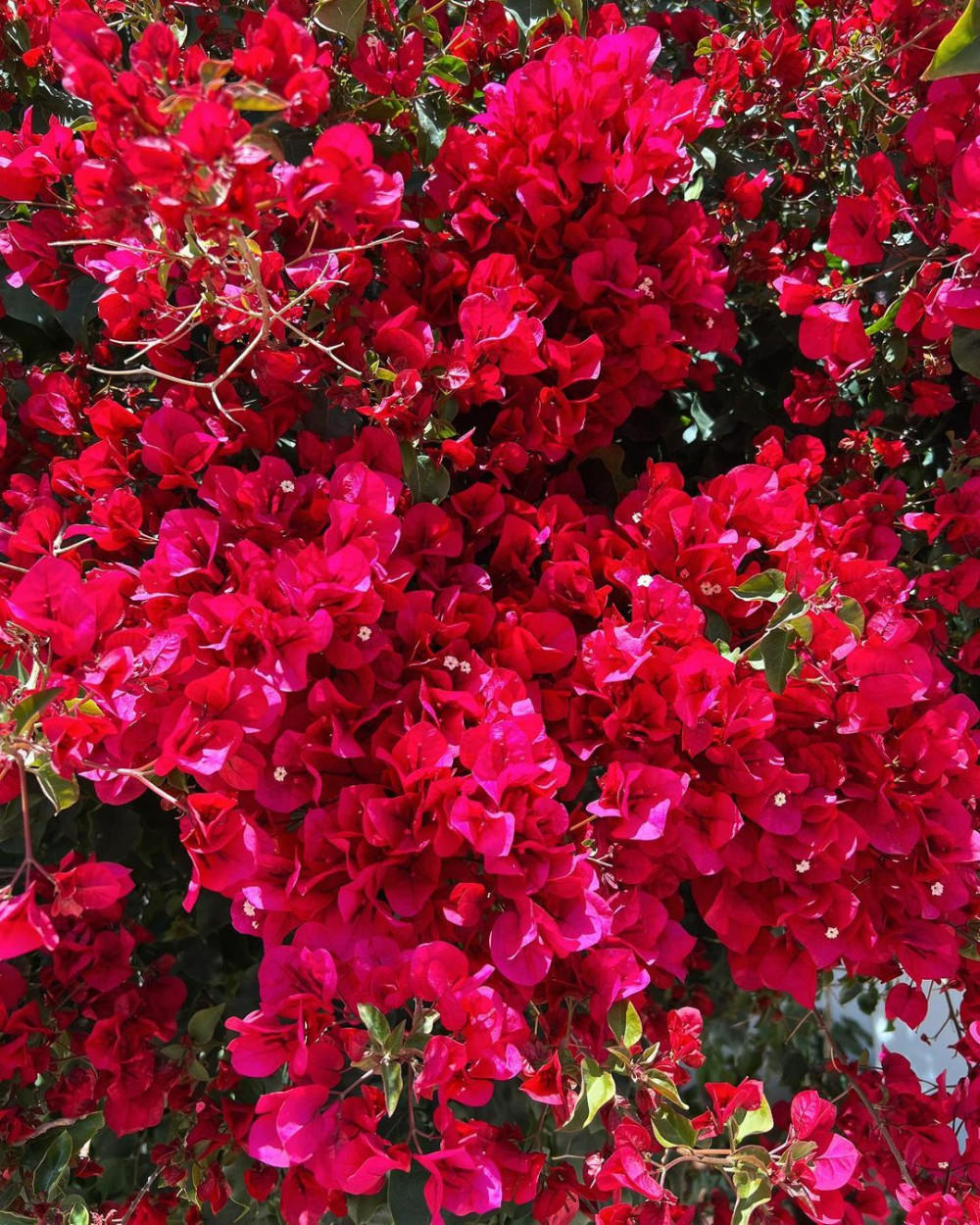 Source: instagram
Source: instagram
In regions with frost, bougainvillea may require protection during the winter. Move potted bougainvillea indoors or cover outdoor plants with frost blankets or burlap to shield them from freezing temperatures.
#10. Enjoy The Blooms
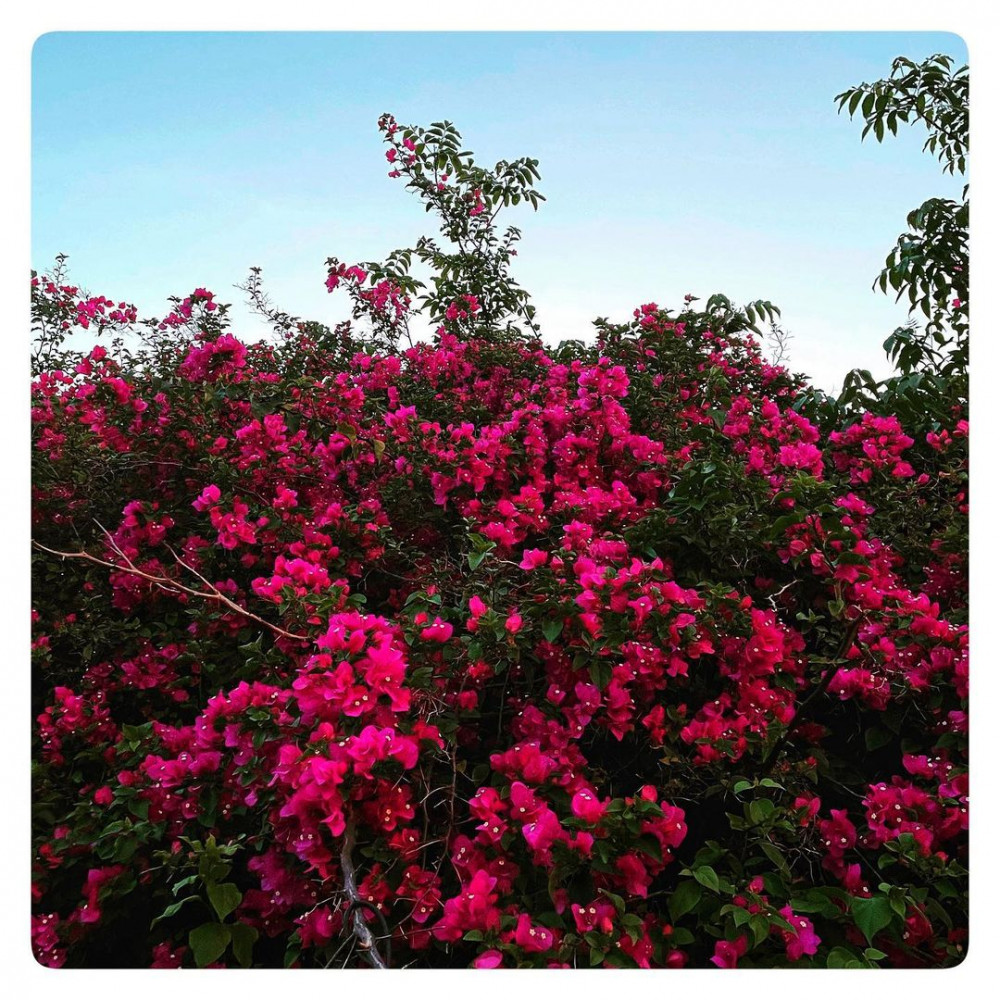 Source: instagram
Source: instagram
With proper care, your bougainvillea will reward you with a profusion of vibrant and colorful blooms. Sit back, relax, and admire the beauty of your flourishing bougainvillea.
